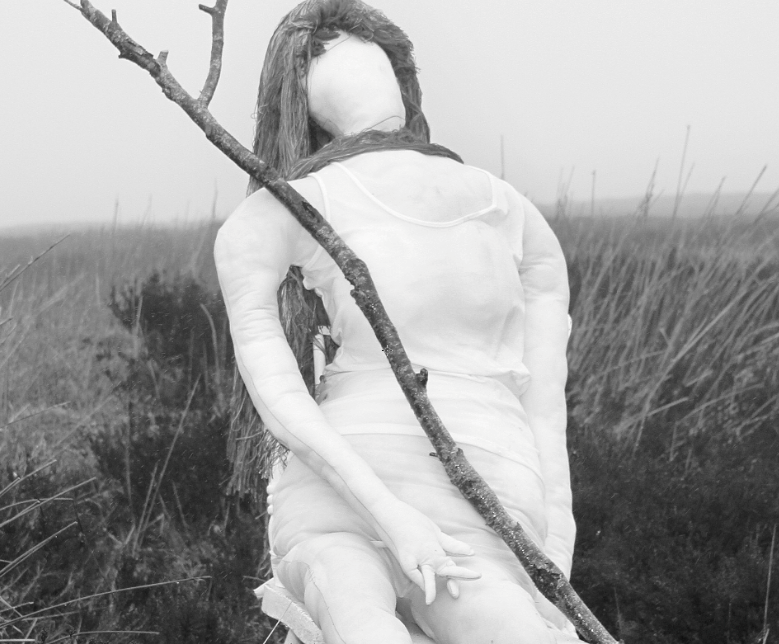
With the recent legislative onslaughts on women’s freedom, issues of women’s rights and representation are on many people’s minds.
This is reflected in the crowds of women that wander through Hugh Lane Gallery’s recent exhibit. Bones in the Attic examines the prejudices and stigmas faced by women throughout history.
It rethinks how women are represented both in Irish mythology and modern times. As women continue to try to wrest control over their own bodies, Bones in the Attic is starting many important conversations.
The intergenerational exhibit comprises the work of 11 female artists and the collective known as Na Cailleacha. Through paintings, sculptures and photographs it explores the “otherness” of the female body.
Feared and criticised, women’s bodies have become a vessel that bears judgement in the patriarchy. The same female figures have been considered dangerous throughout history. The single woman, the ageing woman, the childless woman – each has become an object of pity and horror.
Many of the artworks exhibited appeared shocking or unsettling at first, simply because they represented womanhood in a different light. One piece by artist Sarah Jane Booth, (for) All Our Grievous Doings, caught my attention. It features a female figurine holding a small child. It is a tranquil image of motherhood, yet in the arms of the mother the artist has inserted the text Married Love, a controversial book about the need for birth control for women in Ireland.
Another piece examines the idea of women in a domestic setting. Rita Duffy’s Sofa installation appears to be a life-sized furry sofa from a distance. But as you approach the sofa you realise that it is covered in hundreds of sharp hair pins. The effect is very unsettling. The sofa represents domesticity – something that appears comfortable but is actually very painful and uncomfortable, similar to the feeling of hundreds of pins sticking into you.
Another room resembles a colourful explosion. A purple wall is adorned with vibrant paintings of women. This room has been dedicated to the female organisation Na Cailleacha, whose members came together to celebrate and examine the position of the female artist in Ireland.
Their recent work Doll Project or Child’s Play involves each of the artists creating a doll of themselves out of bed sheets. The project is reminiscent of children’s creativity and explores how we can represent ourselves through play. It also examines how young girls play with dolls, such as the baby doll or the barbie doll, and how this potentially moulds them into having a certain image of womanhood.
Gerda Teljeur’s doll, Maeve, has a fiery personality, wearing long yellow hair and red wellies. The doll is inspired by Queen Maeve, a strong leader in Irish mythology, but also a flawed female character. Much of the exhibit draws on female figures from the past, such as women in Irish mythology. While the artists seek to represent individuality through their dolls, they are still connected to the female figures of the past. The piece highlights how women are profoundly influenced by the women who came before them.
Upstairs, a similar exhibit, Eva Gonzalès is what Dublin Needs, previously ran alongside Bones in the Attic. The exhibit included many self-portraits of female artists in the 18th–20th centuries alongside portraits by their male colleagues. The two exhibits highlight a similar issue: centuries later, women artists are still fighting to take control of their representation. Bones in the Attic represents womanhood in a new light. It is by no means a light-hearted exhibit, but the colour, boldness and bravery of these female artists will make you leave the gallery feeling uplifted.
Bones in the Attic runs at Hugh Lane Gallery until October 30th.






